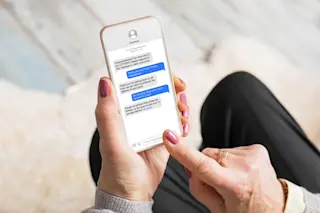After a savage beating left him with severe brain injuries, a 31-year-old man spent six years in a twilight state. Then, a gentle current of electricity delivered by an implanted deep-brain stimulator (DBS) brought him back to life.
His success, described in the journal Nature in August, offers hope that some of the hundreds of thousands of people who languish on the margins of consciousness may also reawaken. It also implies that their brains may be more active than we realize, says the team that performed the treatment, which includes neurologist Nicholas Schiff of Weill Cornell Medical College in New York, neurosurgeon Ali Rezai of the Cleveland Clinic, and neuropsychologist Joseph Giacino of the JFK Johnson Rehabilitation Institute and the New Jersey Neuroscience Institute.
The patient, whose identity is withheld at his family’s request, had been clinging to life in a minimally conscious state (MCS)—a neurological limbo in which a ...














